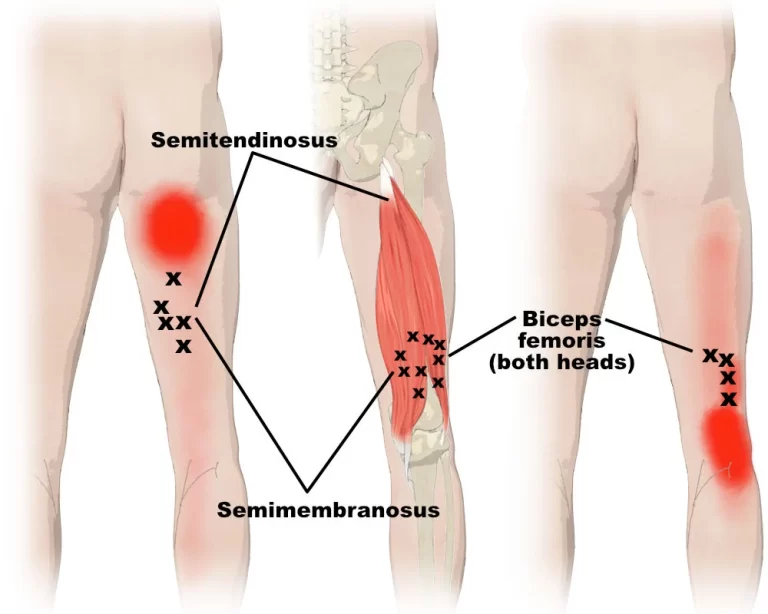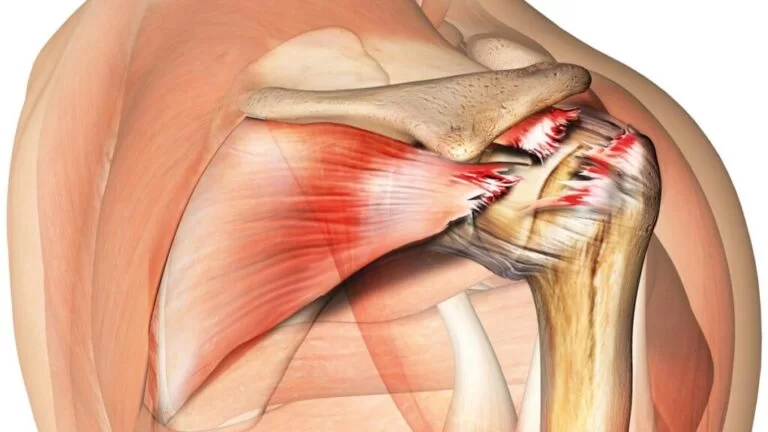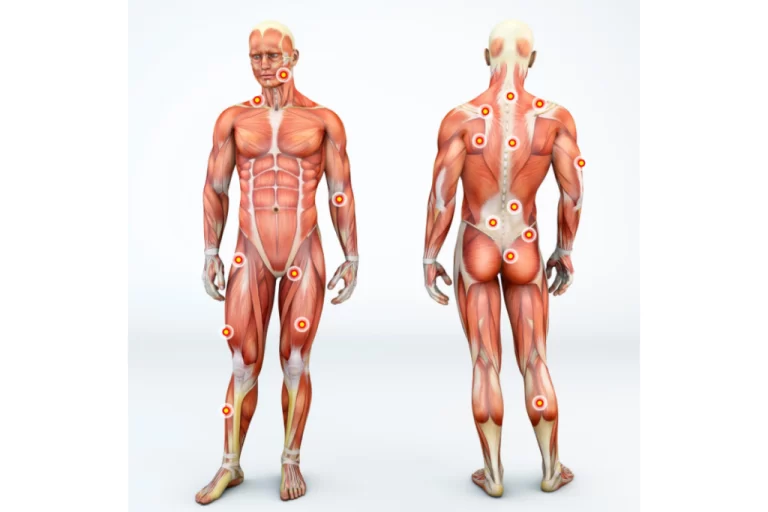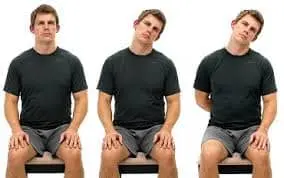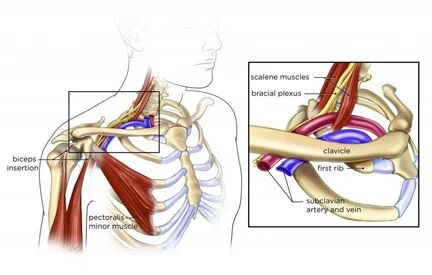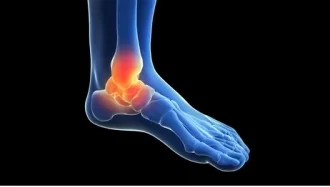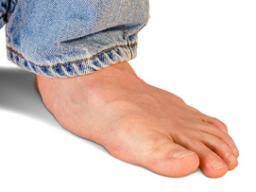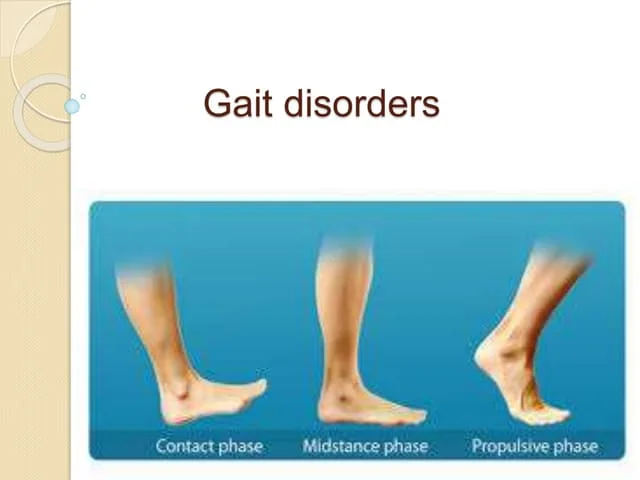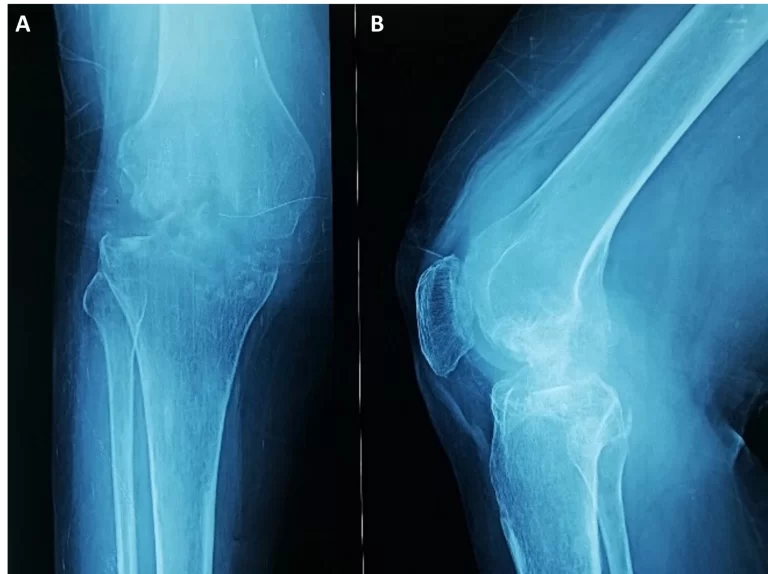Trigger Points in Hamstrings Muscle
Trigger points in the hamstring muscle are small, sensitive areas of tight muscle fibers that can cause significant pain and discomfort. Located in the back of the thigh, these trigger points often develop due to overuse, muscle imbalances, or prolonged periods of sitting. They can lead to pain that radiates down the leg or up…

